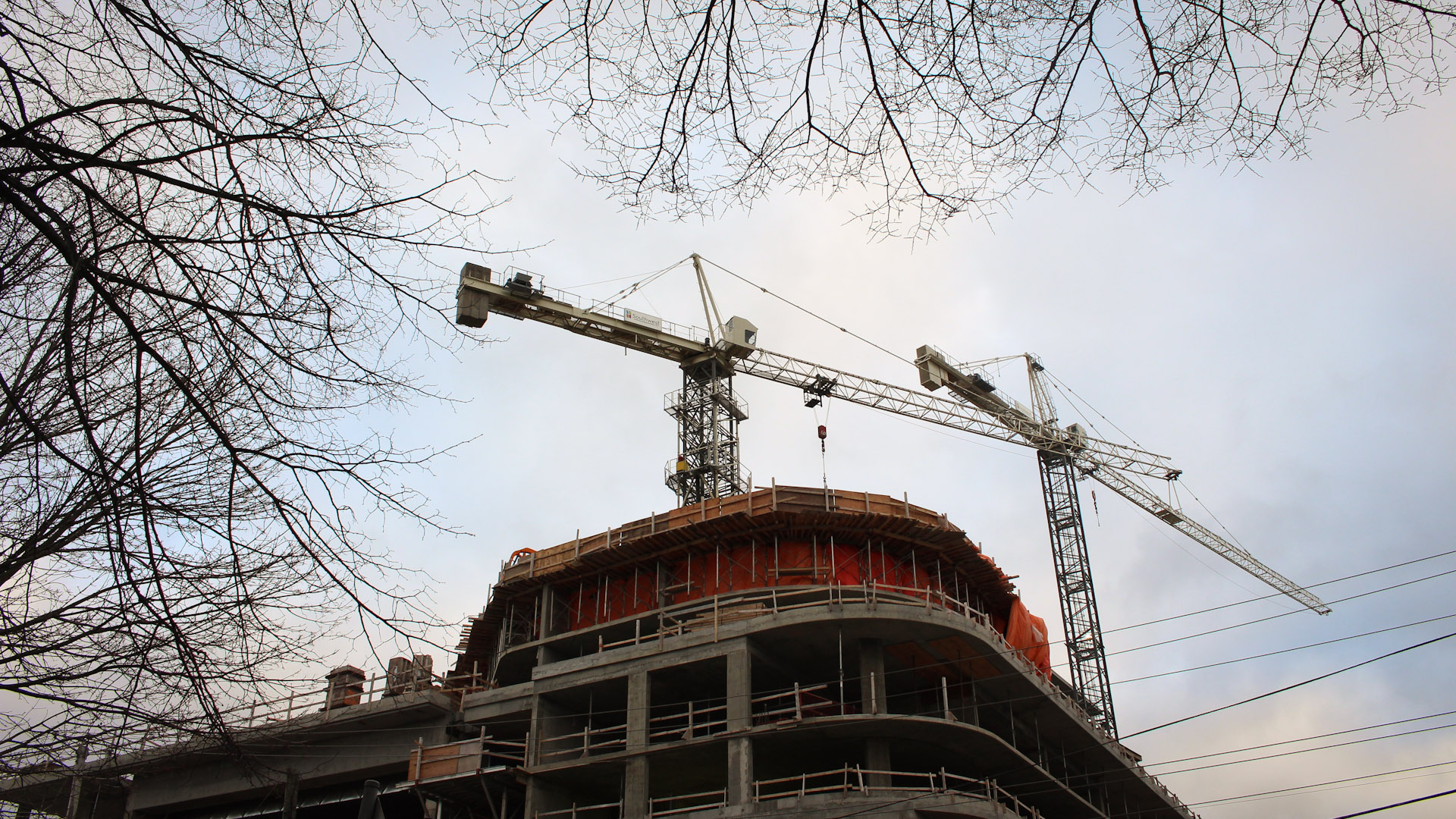Housing
Apartment vacancies in Halifax hit record low
Lack of affordable housing cause for concern, says advocate

caption
CMHC reports that Halifax's vacancy rate has lowered despite record amounts of apartment constructionAs Halifax’s apartment vacancy rate hits a historic low, one outreach worker says rental shortages could become a crisis.
Darcy Gillis, a housing support worker at Dartmouth Housing Help, is worried conditions are unsustainable.
“People can only stretch a dollar so far,” said Gillis, who finds affordable housing rentals for clients, many of whom are on social assistance.
In an annual report released Tuesday by the Canadian Mortgage and Housing Corporation, the average vacancy rate in Halifax Regional Municipality was 1.6 per cent in October, down from 2.3 per cent last year. The HRM’s vacancy rate has not been below two per cent since the CMHC began tracking it in 1990. Related stories
The lower rate isn’t a surprise, said Gillis. To stay up to date on apartment availability, he often scours the internet and regularly meets with landlords, but sometimes comes up empty-handed.
“We’re completely at the whim of what’s available in the market,” said Gillis.
CMHC reported the average rent in HRM is $1,066, up from $1,027 last year. Dartmouth North, where Gillis works, has an average rent of $801.
Gillis said the amount his clients receive from social assistance for housing has not matched increasing rents. According to Nova Scotia’s Department of Community Services, the housing allowance for a single individual is between $300 and $535. Gillis said many of his clients use money allotted for food and clothing to supplement rising rent costs.
“Year after year, they’re forced to spend that little extra money they have, that’s supposed to go to food, just for a roof over their head,” he said.
Market conditions
Katelyn MacLeod, senior analyst for the CMHC in Nova Scotia, said the low vacancy rate can be attributed to an influx of people to the municipality.
“Strong population growth, due to immigration into Halifax area and positive interprovincial migration, have been impacting the rental market,” said MacLeod.
CMHC reported, from 2016 to August 2018, Halifax gained almost 12,000 new permanent residents from other countries and, since 2017, added more than 5,000 residents from other provinces and territories. Rising employment levels in Halifax are also driving demand for rentals, said the report.
New apartment buildings being built. CMHC reported nearly 1,700 new units have been added in the past year and over 3,600 units are under construction in Halifax. CMHC estimates apartment construction in Halifax will continue to increase into 2020.
An industry perspective
For Kevin Russell, executive director at Investment Property Owners Association of Nova Scotia, the market conditions are encouraging. IPOANS is an industry group for landlords in the province.
“This is a good news story,” said Russell. “Low vacancy is always good. It means apartments are full and everyone is meeting their budgets.”
Russell said as new developments open, older, cheaper units become available for people with a lower budget.
A problem, he said, is the slow pace of development. It can take up to five years to complete a new building, from the permit phase to construction.
“Every day there’s a delay, it’s an increase in cost,” said Russell. “It will eventually translate to higher rent.”
Russell said IPOANS supports affordable housing, but the slow pace means it takes time for plans to become a reality.
“Even if we find a solution today, it’s going to be five years before we see results,” said Russell.
Gillis supports more social housing, which he said promotes a supportive, safe environment for tenants. He wonders why Shannon Park is being considered for a football stadium, when it could be used to help HRM meet its affordable housing targets from 2016.
For now though, Gillis worries about consequences of a rental shortage.
“I have a lot of concern for the population I serve. They’re the ones impacted first, and impacted the most,” he said.“I see them continuing to suffer unless something breaks.”


A
Alex K
B
Brent Kelloway
S
Sakura saunders
B
Brent Kelloway
M
Margo Grant
B
Brent Kelloway